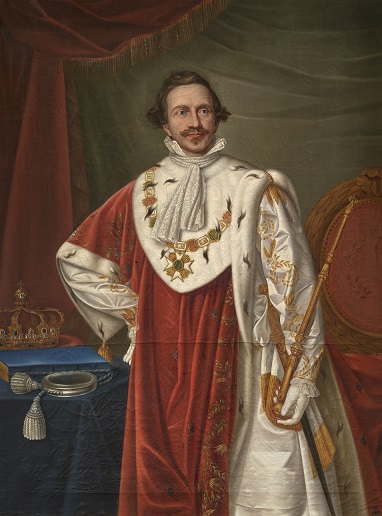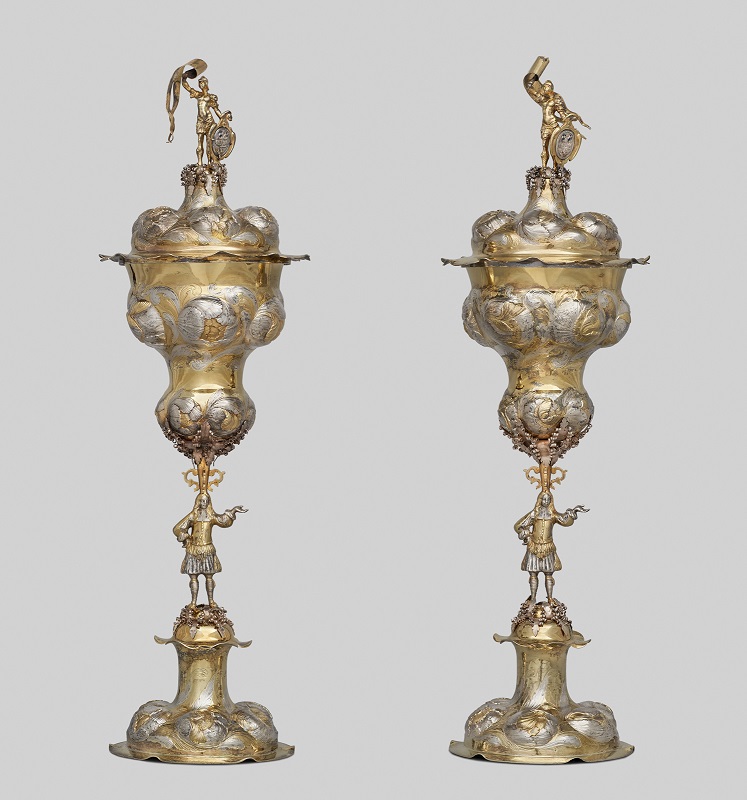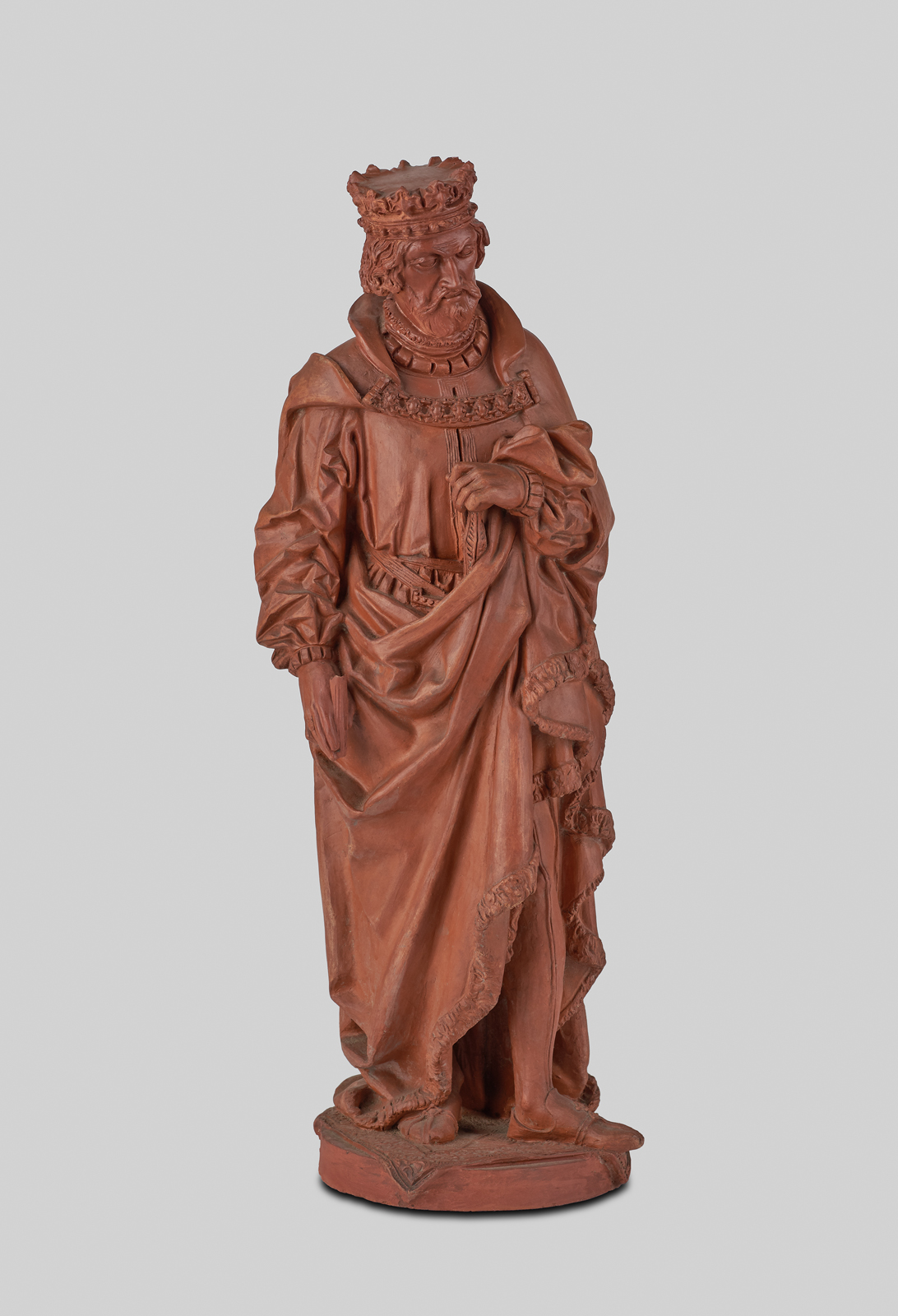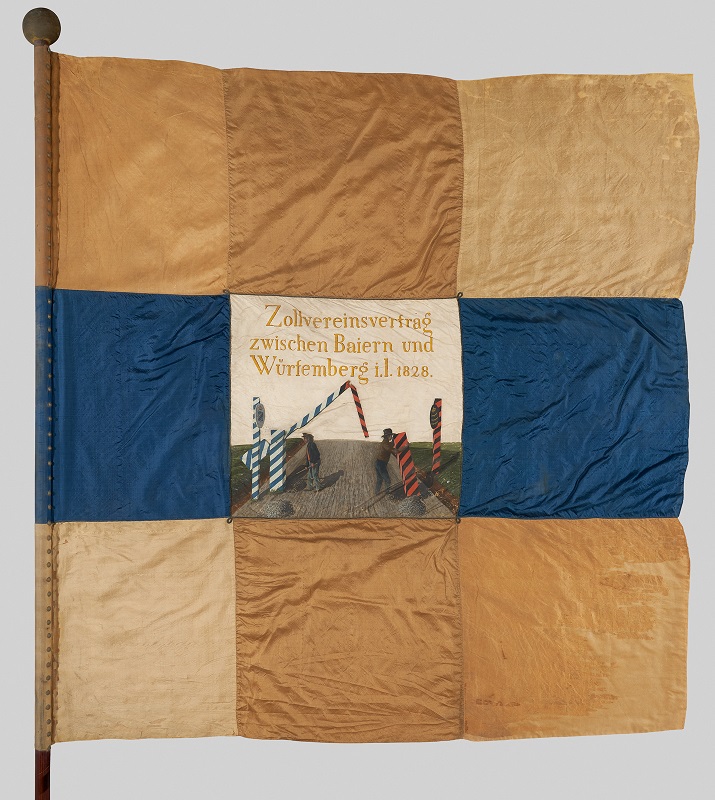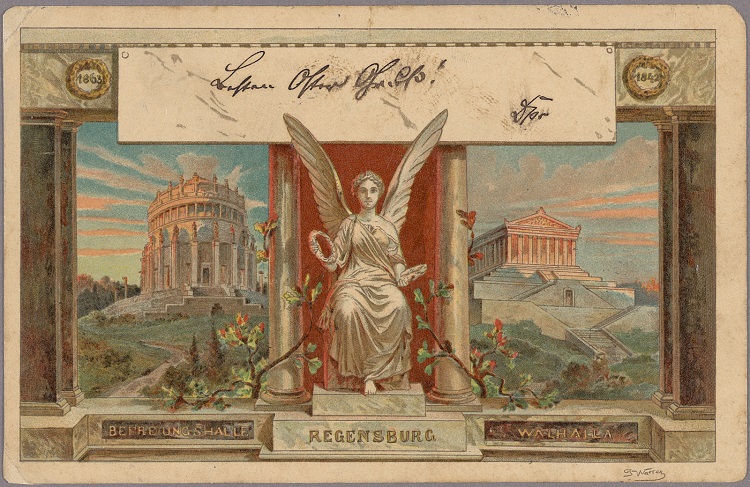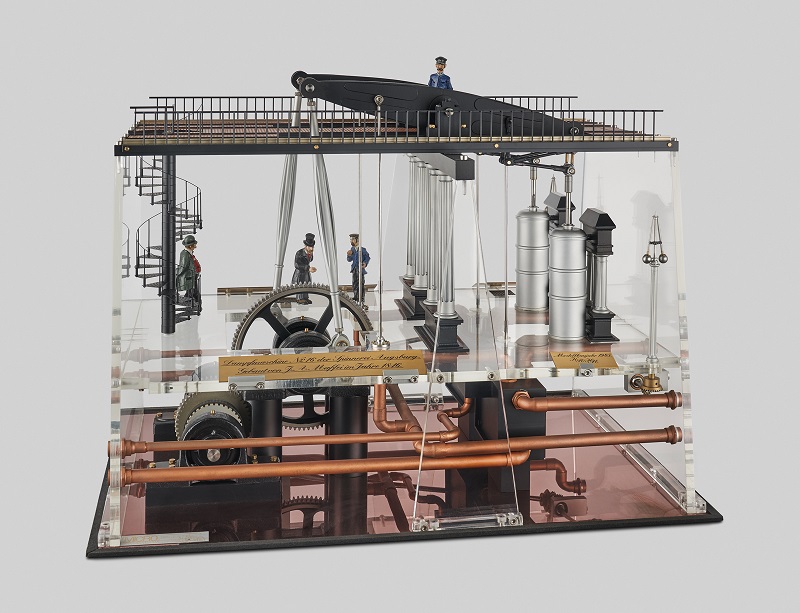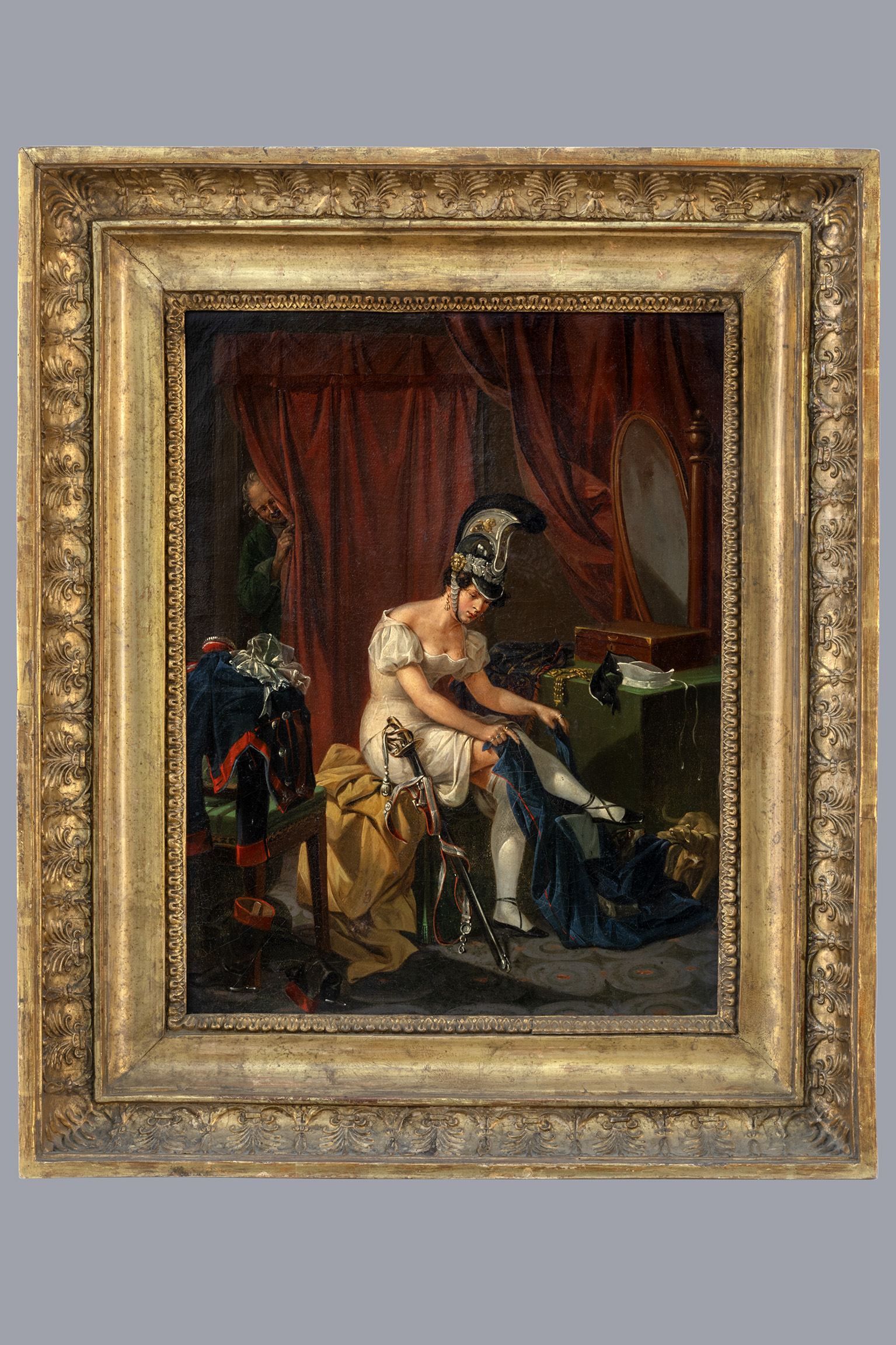About the exhibition
1825 - Ludwig I (1786-1868) becomes King of Bavaria. The new regent had to face many political, economic and social challenges. The first half of the 19th century was a time of upheaval and Ludwig was well aware of this area of tension. The rapidly advancing developments in the fields of business and transportation fascinated King Ludwig and at the same time challenged him time and again. He had a canal built, which had to admit defeat to the new railroad, he removed customs barriers and at the same time aligned the kingdom to the north, he was a thrifty man and a prolific writer, whose diary entries and poems provide a glimpse into his inner life. In a society that was becoming ever more modernized, Ludwig I was also keen to strengthen his subjects' sense of history and tradition.
He often caused offense with his actions and words, became increasingly conservative as his reign progressed and finally took a more autocratic direction. In the end, he resigned in the spring of 1848.
Prologue: “… I am better than my reputation …,”
"How I myself belong to the old and the new times and to two centuries ..." Ludwig I around 1840
Born in Strasbourg in 1786, Ludwig I presents himself to us as a ruler with many faces. His personality is characterized by constant but also changeable preferences and contradictions. He was a loving husband and yet not averse to amorous adventures, he was aware of history, passionate about art and architecture, an admirer of beauty and an enthusiastic philhellene - and, and, and ...
1. A Kingdom Needs to Be Ruled
"... no one keeps the constitution more conscientiously than I do - I would not like to be an unrestricted ruler." Ludwig in March 1831
King Ludwig I wanted to rule, but this turned out to be more difficult than expected for a kingdom that was still young, consisting of the Palatinate, Old Bavaria, Swabia and Franconia. One of his greatest challenges was to form a unity from these partly new parts of the country and to establish a common identity as Bavaria.
The Bavarian king did not rule his state alone. The constitutional monarchy form of government and the Bavarian constitution paved the way for a democratic system. Ludwig ruled together with a parliament and was ultimately not an autocrat. Ruling and governing was not easy: there was a parliament, ministers, imperial councillors and deputies. Ludwig I had players and opponents.
2. To the North
"The German Customs Union is one of the things closest to my heart ... more than all paper treaties do, it chains the Germans together." Ludwig in May 1836
Two huge transportation projects shaped King Ludwig I's reign: the Danube-Main Canal, which created a link between the Main and Danube rivers, and the Ludwig-Süd-Nord-Bahn from Lindau to Hof. Economic links to the north were strengthened by these projects as well as by the German Customs Union and a single currency. Eastern Bavaria fell behind.
3. Walhalla and Weaving Looms
Ludwig I's buildings and monuments can be found all over Bavaria. His focus was on the capital Munich, which he wanted to develop into an "Isar-Athens", as well as Regensburg and the surrounding area, where he had a monumental landscape in mind with the Walhalla, the Liberation Hall and the reconstruction of the cathedral.
The king broke with the centuries-old privilege of the craft guilds and strengthened state supervision with the help of the newly created trade associations. King Ludwig I was rather sceptical about the onset of industrialization. But he ultimately accepted the associated changes.
4. The Alpha and the Omega
"Religion is the be-all and end-all." Ludwig in 1832
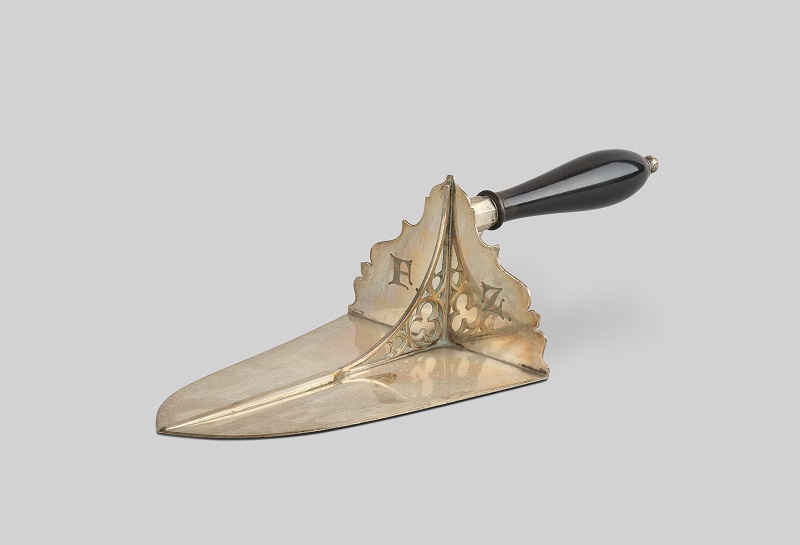
King Ludwig attempted to strengthen the Catholic faith again through his religious policy. This is reflected above all in the construction of churches, the lifting of bans on numerous religious customs and traditions and the revival of the monastic system. Around 130 monastic communities were newly established or re-established.
Among them were the Sisters of Mercy, whom Ludwig brought from Strasbourg to Bavaria - this was the beginning of professional nursing in the kingdom. Time did not stand still in the medical sector either. New findings and procedures helped to detect and treat illnesses at an early stage.
Ludwig I was rather hostile towards other religious beliefs. A lack of support and discrimination against Protestants and Jews are clear signs of this. Settlements and the founding of congregations were controlled and monitored.
5. And the People?
"... the freedom of the press is growing stronger every day, ... democracy is becoming more and more firmly established and the state government has so far done nothing about it!" Ludwig in February 1832
Many liberal-minded Bavarians initially placed great and justified hopes in Ludwig I's accession to the throne. This confidence was to evaporate more and more from 1830 onwards. Foreign and domestic political developments unsettled the king, causing him to adopt a very conservative, sometimes authoritarian attitude. Press censorship and long prison sentences for his opponents were the result. A co-governing people was beyond Ludwigs' imagination. However, the further emancipation and politicization of the population could no longer be prevented.
Epilogue: A Strong Exit?
"...the power of the crown broken, the upheaval victorious, Lolitta driven away, as a man, as a king, my mind torn apart, I stand there alone in pain, ..." Ludwig in March 1848
The internal political unrest continued to escalate in 1848 until it reached its climax in March. The scandalous relationship with Lola Montez had severely damaged the king's reputation and finally broke the camel's back. King Ludwig I was no longer willing or able to support the political demands of the citizens - he abdicated. His son Maximilian became the new King of Bavaria. Just 40 years later, Ludwig I was celebrated in Munich on the occasion of his 100th birthday with an impressive procession that was unprecedented.


